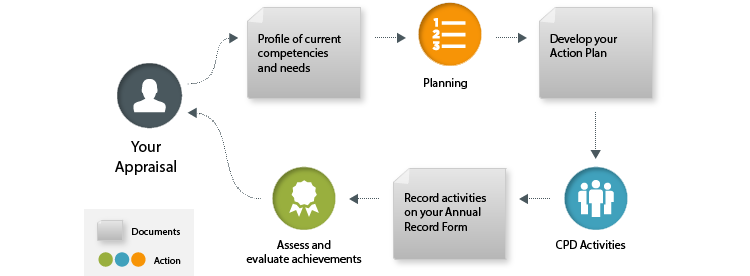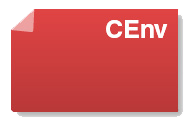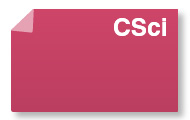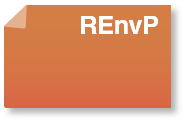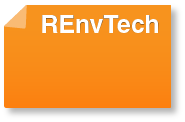What is continuous professional development?
Continuing Professional Development (CPD) is fundamental to an environmental professional’s career. It offers individuals the opportunity to augment their abilities within the workplace by furthering knowledge of their discipline, demonstrating professional achievements, enhancing career prospects and increasing job satisfaction.
What are the IES requirements for CPD?
All professional members of the IES agree to undertake a minimum of 30 hours’ CPD each year, and meeting this requirement is essential for attaining and sustaining Chartered Environmentalist, Chartered Scientist, Registered Environmental Practitioner, Registered Environmental Technician and Lead Energy Assessor designations.
Having an adequate and suitably-maintained skill base is part of a ‘duty of care’ of an environmental professional towards their customers, employers, society, and their professional body. There are a number of requirements for members’ CPD records. These are:
- 30 hours or more of recorded activities
- A suitable balance of activities across the five CPD categories
- Activities undertaken at an appropriate level for your role and experience
- Adequate reflections on your activities, commenting on the value of the activity both to the quality of your own work and those who benefit from your work
Each year, our members’ CPD is audited to ensure that our members are maintaining a continuous and reflective record of their ongoing learning. Roughly 10% of our CEnv and CSci members’ CPD records are selected randomly to be audited, in line with agreements with the Society for the Environment and the Science Council.
How do I record my CPD?
It is simple and straightforward for IES members to record their CPD; simply use the online tool available through the Members' Area.
To aid our members in completing their CPD record appropriately, we have produced guidance and advice on the CPD categories and achieving a balance across them, and on how to write well-rounded and in-depth reflections on your CPD activities to demonstrate that you undertake CPD intentionally and are reflecting on your development as a professional.

